
© NASA/Swift/Stefan ImmlerThe brightest gamma-ray burst ever seen in X-rays temporarily blinded Swift's X-ray Telescope on 21 June 2010. This image merges the X-rays (red to yellow) with the same view from Swift's Ultraviolet/Optical Telescope, which showed nothing extraordinary. (The image is 5 arcminutes across.)
A blast of the brightest X-rays ever detected from beyond our Milky Way galaxy's neighborhood temporarily blinded the X-ray eye on NASA's Swift space observatory earlier this summer, astronomers now report. The X-rays traveled through space for 5-billion years before slamming into and overwhelming Swift's X-ray Telescope on 21 June.
The blindingly bright blast came from a gamma-ray burst, a violent eruption of energy from the explosion of a massive star morphing into a new black hole.
"This gamma-ray burst is by far the brightest light source ever seen in X-ray wavelengths at cosmological distances," said David Burrows, senior scientist and professor of astronomy and astrophysics at Penn State University and the lead scientist for Swift's X-ray Telescope (XRT).
Although the Swift satellite was designed specifically to study gamma-ray bursts, the instrument was not designed to handle an X-ray blast this bright.
"The intensity of these X-rays was unexpected and unprecedented" said Neil Gehrels, Swift's principal investigator at NASA's Goddard Space Flight Center. He said the burst, named GRB 100621A, is the brightest X-ray source that Swift has detected since the observatory began X-ray observation in early 2005.
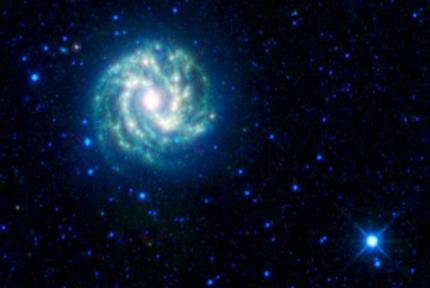
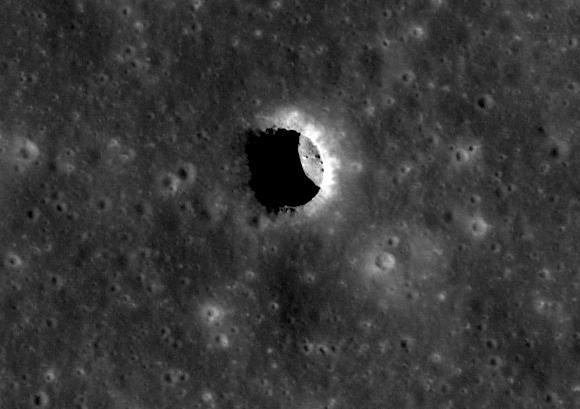


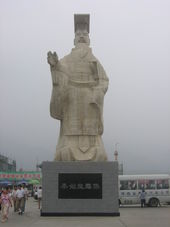

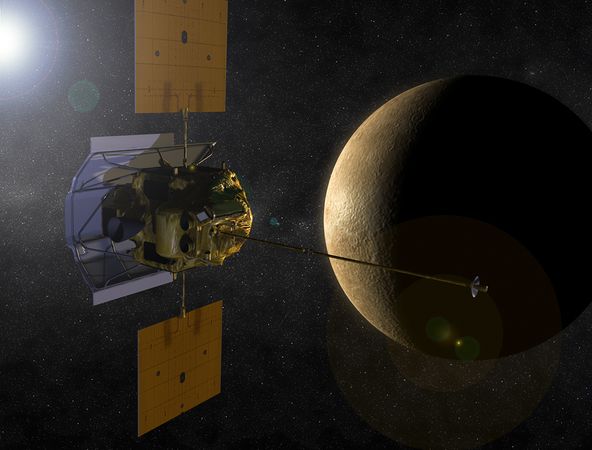
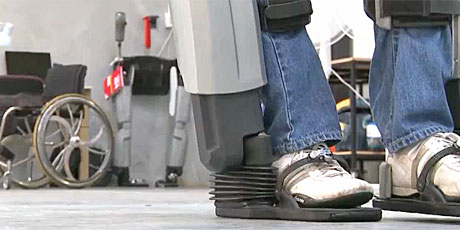




Comment: See also:
A Hole in Mars Close Up
Deep Hole Found on Mars